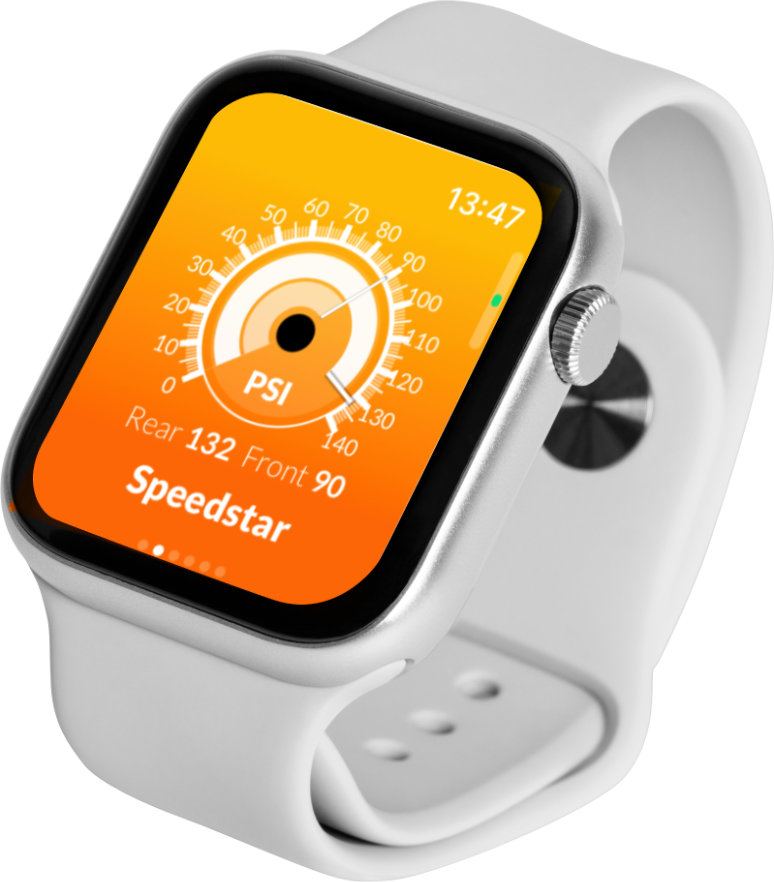We hope you enjoy using our app, for the most part we hope that it is self explanatory and easy to use and I hope you have as much fun using the app as we did creating it.
Whats new?
Pro version – first of all we’ve added a “Pro” version – this adds some extra functionality that’s entirely new from the original app, however this is also a way of showing your appreciation to the development team for their hard work in building this app for you. This is not the end of the development, we do plan to release further improvements and welcome any feedback.

New in this version you now configure rider details and preferences on a dedicated tab. You can always toggle the units of pressure while viewing a bike by clicking on the pressure unit indicator on the gauge.
The free version, like the previous version, allows you one road bike to configure.

Unlocking the pro version enables multiple bikes and profiles including – Commuter, Gravel / Cross and Mountain bike. Both free and pro version support apple watch, there may be a short delay for information to sync to the cloud when you’re making changes – if on the odd occasion the watch is out of sync with the phone you can trigger an update by closing the app entirely and re-opening.

Getting around the interface
When entering the details for a bike the information is grouped into three tabs. These are the three focus areas for providing information that will help provide a recommendation on the ideal pressure to inflate your tyres. Note – you should always check the pressure printed on your tyres sidewall to ensure that you are within the manufacturer’s recommended range.
The first tab “Bike” focuses on the key basic information for you bike such as its weight. For some types of bike further options are provided for wheel size and style. There is also a colour well (right) which reveals the colour selector to customise the appearance. This is limited to the light/auto/dark theme in the free version – but expands to a pallet of ten base colours when the pro version is activated.

Light / auto / dark are the options below the colours – auto simply reflects your phones setting for light or dark theme. Note, on the watch the default is dark, whereas commonly the phones default is light – so if you use auto theme this will look different on the watch to the phone. However – you can also choose the light or dark version if you want to fix this.

Note the information icons throughout the app, these provide valuable tips on how to use the app and attempt to explain how to get the most out of the app.
The tyres tab also has the option to un-link the front and back wheels, allowing you to enter different tyre widths for the front and back if you so wish. There is also a tubeless option if you happen to be running without inner-tubes in a “tubeless” configuration.

The balance tab is for fine-tuning your bike’s characteristics and to allow for adjustments. Balance should in most cases be 60% to the rear and it would be unusual to need to change this figure. Ride feel makes it possible to uniformly harden (+) and soften (-) the ride feel incrementally – there are conditions when this may be advantageous such as weather or terrain, the context help does give a little guidance on how this may work out for you. Note – the ride feel can also be adjusted on the watch using the digital crown.
Customising the ride “feel”
Ultimately this tool is designed to help you narrow down a pressure that will work well for you and you should experiment to some degree to find the perfect fit, however we hope this will get you thinking and help discover the perfect setup for your ride.
